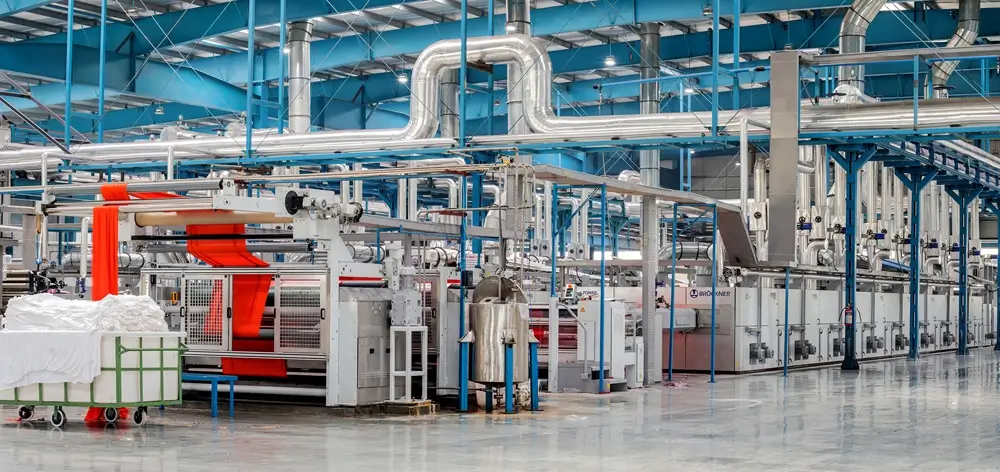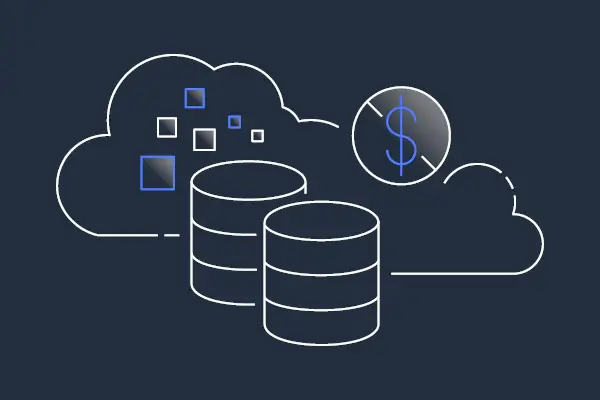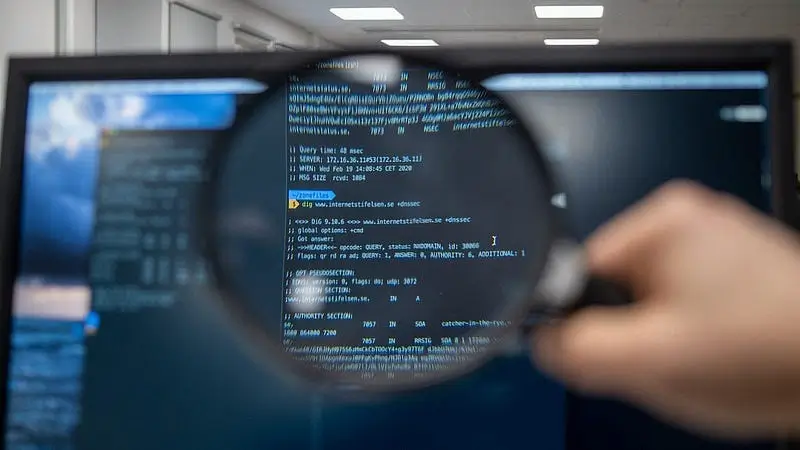· Jay Smith · Articles · 7 min read
Driving Innovation in Government IT Solutions
This article explores strategies for driving innovation in government IT solutions, including adopting emerging technologies, promoting a culture of innovation, and fostering collaboration between government and the tech industry.
Introduction to government IT solutions
Government IT solutions play a crucial role in delivering essential services to citizens. These solutions encompass a wide range of technologies and systems that enable government agencies to effectively manage operations and deliver public services. However, traditional government IT systems often face limitations in terms of scalability, security, and agility. To address these challenges and drive innovation, it is imperative for government agencies to embrace modernization and adopt emerging technologies. This article explores the importance of driving innovation in government IT and the various strategies that can be employed to achieve this goal.
Importance of driving innovation in government IT
Innovation is crucial in driving the advancement of government IT solutions. By embracing innovative approaches, government agencies can effectively address the ever-evolving challenges and demands of the digital age. It enables them to enhance service delivery, improve efficiency, and ensure the security and privacy of citizens’ data. However, implementing innovative solutions in government IT can be challenging due to various factors, including budget constraints, bureaucratic processes, and resistance to change. Despite these obstacles, the importance of driving innovation in government IT cannot be overstated.
Challenges in implementing innovative solutions in government IT
Implementing innovative solutions in government IT can be challenging due to various factors. One major challenge is the resistance to change within government agencies, as traditional systems and processes are deeply ingrained. Additionally, limited budgets and resources can hinder the adoption of new technologies. Moreover, the complex nature of government operations and the need for security and compliance further complicate the implementation of innovative solutions. Overcoming these challenges requires collaboration between government and the technology industry, adoption of emerging technologies, and the promotion of a culture of innovation within government agencies.
Current State of Government IT Solutions
Existing government IT infrastructure
The current state of government IT infrastructure is characterized by outdated systems and legacy technologies. Many government agencies still rely on traditional IT systems that are inefficient and costly to maintain. These systems often lack the flexibility and scalability needed to meet the evolving needs of the government and its citizens. Furthermore, the reliance on outdated infrastructure poses significant security risks. To address these limitations, there is a pressing need for modernization and innovation in government IT solutions. This includes adopting cloud computing, big data analytics, and artificial intelligence technologies to improve efficiency, enhance data-driven decision-making, and provide better services to the public.
Limitations of traditional government IT systems
Traditional government IT systems have several limitations that hinder their ability to meet the evolving needs of government agencies. These systems are often outdated and inefficient, relying on legacy technologies that are no longer supported or compatible with modern software and hardware. Additionally, traditional government IT systems are costly to maintain and upgrade, requiring significant financial resources. Furthermore, these systems lack the flexibility and scalability required to accommodate the increasing volume of data and the growing demand for digital services. As a result, government agencies face challenges in delivering efficient and effective services to citizens. To overcome these limitations, there is a need for modernization and innovation in government IT, leveraging emerging technologies and adopting a more agile and adaptable approach.
Need for modernization and innovation in government IT
The modernization and innovation of government IT systems is crucial in order to keep up with the rapidly evolving technology landscape. Traditional government IT infrastructure is often outdated and unable to meet the increasing demands of the digital age. Network engineering is one area that requires significant attention, as government agencies need to ensure secure and efficient communication networks. By investing in modernization efforts and adopting emerging technologies, government IT systems can become more agile, scalable, and resilient. This will enable government agencies to better serve their constituents and deliver innovative solutions that meet the evolving needs of society.
Driving Innovation in Government IT
Collaboration between government and technology industry
Collaboration between the government and the technology industry is crucial for driving innovation in government IT solutions. By working together, government agencies can leverage the expertise and resources of the technology industry to develop and implement innovative solutions. This collaboration can involve partnerships with technology companies, joint research and development initiatives, and knowledge sharing. Additionally, the government can benefit from the industry’s insights on emerging technologies and best practices. By fostering a strong collaboration between the government and the technology industry, government IT solutions can be more efficient, secure, and responsive to the evolving needs of citizens.
Adopting emerging technologies in government IT
To drive innovation in government IT, it is crucial for government agencies to adopt emerging technologies. These technologies, such as cloud computing, artificial intelligence, and blockchain, have the potential to revolutionize the way government services are delivered. By leveraging these technologies, governments can improve efficiency, enhance security, and provide better citizen services. However, the adoption of emerging technologies comes with its own set of challenges, including legacy system integration and cybersecurity concerns. Government leaders and IT professionals must work together to overcome these challenges and ensure a smooth transition to the new era of government IT solutions.
Promoting a culture of innovation in government agencies
Promoting a culture of innovation in government agencies is crucial for driving sustainable and effective IT solutions. By fostering an environment that encourages creativity and experimentation, agencies can break free from traditional approaches and embrace new ideas and technologies. This can lead to improved efficiency, cost savings, and better citizen services. To promote a culture of innovation, agencies should encourage collaboration between employees, provide training and resources for learning new technologies, and recognize and reward innovative ideas and initiatives. By doing so, government agencies can become leaders in technology innovation and drive positive change in the public sector.
Conclusion
Benefits of driving innovation in government IT
Innovation in government IT solutions brings numerous benefits to both the government and its citizens. Improved efficiency is one of the key advantages, as innovative technologies enable streamlined processes and automation. This leads to cost savings and faster delivery of services. Additionally, innovative solutions enhance transparency and accountability, allowing for better governance and public trust. By driving innovation in government IT, agencies can also improve citizen engagement by providing user-friendly digital services and personalized experiences. Overall, embracing innovation in government IT solutions is crucial for achieving a more efficient, transparent, and citizen-centric government.
Future prospects of government IT solutions
The future prospects of government IT solutions are promising as advancements in technology continue to drive innovation. Cloud computing and artificial intelligence are expected to play a significant role in transforming government operations and service delivery. Cloud computing offers scalability, cost-efficiency, and enhanced data security, enabling government agencies to streamline their IT infrastructure and improve citizen services. Artificial intelligence, on the other hand, can automate repetitive tasks, enhance decision-making processes, and enable predictive analytics, leading to more efficient and effective government operations. Additionally, the adoption of blockchain technology has the potential to revolutionize government processes by providing transparency, security, and trust in transactions. It is crucial for government leaders and IT professionals to embrace these emerging technologies and invest in research and development to harness their full potential. By doing so, they can drive innovation in government IT solutions and ultimately improve the delivery of public services.
Call to action for government leaders and IT professionals
In conclusion, driving innovation in government IT is crucial for the advancement and improvement of public services. By embracing emerging technologies and fostering a culture of innovation, government agencies can enhance efficiency, effectiveness, and citizen satisfaction. Government leaders and IT professionals play a vital role in this process by championing innovative solutions, investing in modernization efforts, and promoting collaboration between the government and the technology industry. It is imperative for them to recognize the benefits of driving innovation in government IT and take proactive steps to drive change. The future prospects of government IT solutions are promising, but it requires the collective effort of all stakeholders to realize the full potential of innovation in the public sector.




